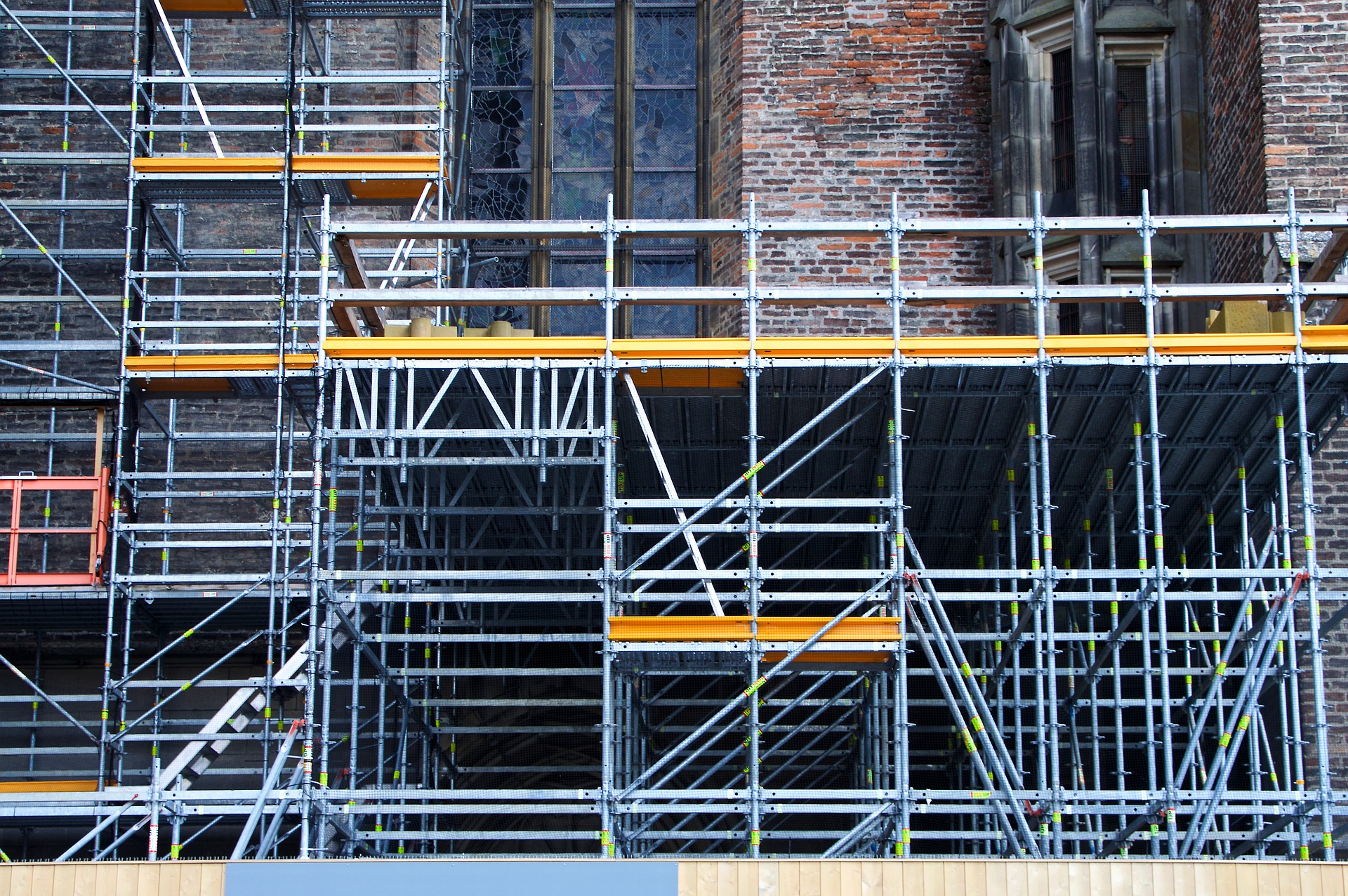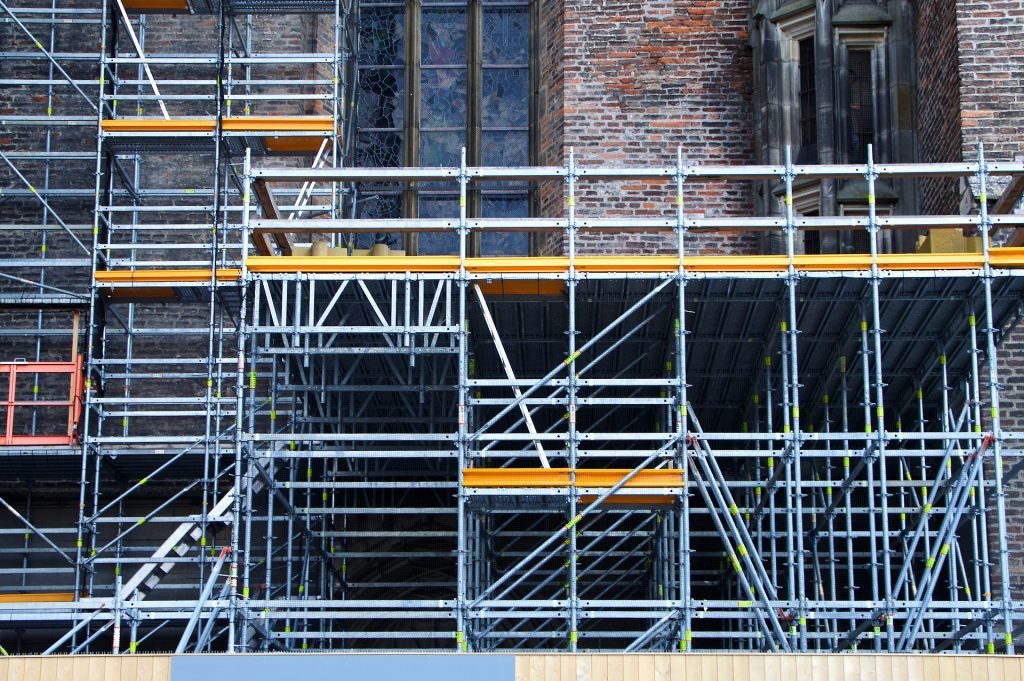As an idea, engineering controls are moderately basic. They are the favored techniques for danger control that works by isolating labor from risk.
Appears to be adequately straightforward, correct?
Nevertheless, it makes some disarray in wellbeing the executives since concocting a compact definition that works in each circumstance is tricky. There are a lot of definitions skimming around, yet the pragmatic application can be more subtle.
I once heard it portrayed this way: “An engineering control is one that ensures you regardless of whether your eyes are shut.” That gets us mostly there as a whimsical definition, however needs a little elaboration. What is implied by this?
An engineering control doesn’t need particular information, consistency, mindfulness, or practice with respect to the elaborate specialist. They’re controls that ought to just work all alone in the event that they are appropriately executed. They separate laborers from perils through thinking ahead and thought of the undertaking as it is planned: incorporated into measures, work regions, hardware, and devices. They can be once in a while mistaken for certain PPE controls, with a key differentiation being that PPE isn’t planned to forestall an episode, yet decrease its effect.
On the off chance that danger can’t be disposed of altogether, engineering controls are the best – however regularly generally costly – of the control alternatives. In unadulterated wellbeing terms, this technique is constantly given need where practicable, however, the cost may factor in. Engineering’s seat at the highest point of the control chain of command is something any youngster wellbeing professional knows – or, besides, anybody working in a perilous industry – yet how well is this way of thinking applied? Do you realize an engineering control when you see one?
(Become familiar with: controlling-risks/)
Types of Engineering Controls
Engineering controls exist in three basic varieties: process controls, enclosure/isolation, and ventilation.
Process Controls
The classic control hierarchy diagram included elimination and substitution as their own control types, but modern teaching sometimes lumps in substitution as a type of engineering control, since it involves process design. Process controls might involve substituting a safer alternative for a hazardous one in planning the way a process is done. For example, using steam to clean equipment as an alternative to a hazardous solvent.
These control methods involve changes to processes (ideally from the start) that separate workers and hazards by design, hence the inclusion in “engineering controls.” Perhaps toluene can be used in place of carcinogenic benzene for a process, thus reducing one hazard. Maybe a totally chemical-free process can stand in, or maybe the process isn’t really needed at all. This kind of evaluation at a process design stage helps prioritize and implement engineering controls from the start, rather than applying a patchwork of rules and PPE to try to make it safe later.
Enclosure and Isolation
The type of control most commonly associated with engineering controls is one in which a guard, partition, or other physical barrier is put in place between a worker and a hazard.
A guardrail is usually the go-to example of this kind of control – it prevents access to the hazard (in this case, a height) by physically blocking the path. It wouldn’t require the attention of the worker to do its job or any specific training, and it doesn’t rely on the worker to remember and follow rules.
This is one of the reasons engineering is considered the best hazard control (other than elimination) – you can set it and forget it. The entire subdiscipline of machine guarding falls into this category.
(Learn more in E-books-safety-with-machinery/)
Ventilation
The last of the engineering control subtypes, ventilation, is a familiar concept to most everyone. Making sure it is adequate, functional, compliant, and safe, however, is a very technical specialty.
Ventilation is used to control the hazardous exhaust from certain processes such as chemical vapors and fumes from hot work. It involves the mechanical movement of air by either removing it from the local area or diffusing harmful substances by introducing replacement air.
Simple as it seems, on large scale ventilation is an involved process with complex calculations. Standardization bodies such as ASHRAE and ANSI publish guidelines on-air replacement, flow rates, and construction of ventilation systems. To take one glance at these standards reminds the reader where the “engineering” part comes from – they are a maze of formulae, graphs, and figures.
Maintaining Engineering Controls
As with any hazard control, engineering controls have to be consistently monitored to ensure they provide the desired protection without introducing secondary hazards, and they have to be inspected to make sure they do not degrade, weaken, or fail. That would include everything from structural barriers all the way down to machine guarding.
Inspections should always be carried out by a qualified person who knows what to look for. Just because a hazard is controlled by an engineered method does not mean it will be so forever. On the contrary, inspection and maintenance are always required.
There’s More to Safety Than PPE
The discussion of hazards has been a hot topic the world over recently. The public has received a crash course in all types of controls related to biological hazards like viruses.
(Learn How to Manage COVID-19 in Your Workplace)
A lot of the talk has been about PPE (an industry term that is suddenly commonplace), but you certainly see evidence of engineering controls in everyday life now, including shields and barriers or reaching devices that allow for greater separation. Some of it is inventive, and at least there seems to be some understanding that engineered controls are preferable (where practicable) to administrative or PPE controls.
Wherever you go with client support including up close and personal associations, you discover plexiglass obstructions – this is an engineering control application outside of the business. The risk for this situation, obviously, is you.





